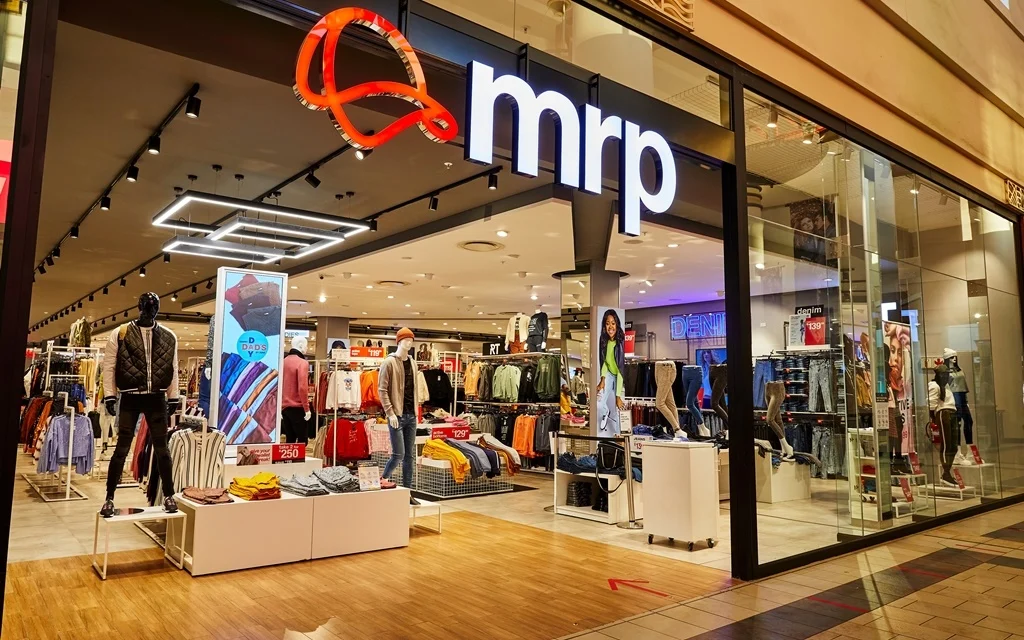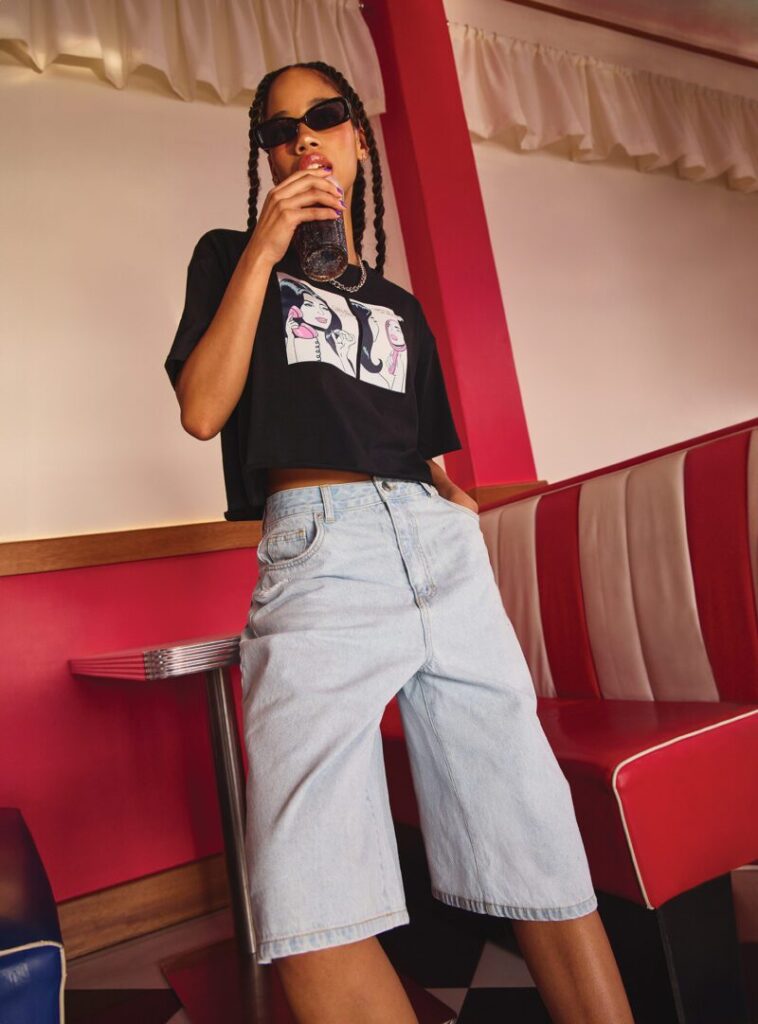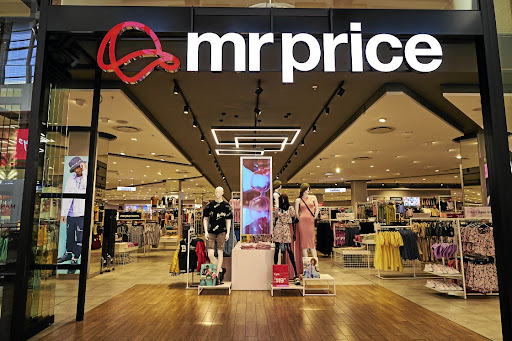From Storefront to Screen: How MRP Mastered the Shift to E-Commerce

From Storefront to Screen: How MRP Mastered the Shift to E-Commerce. South Africa’s retail landscape has seen seismic shifts over the past two decades, and few brands have navigated these changes as successfully as MRP. Once a household name synonymous with affordable, trendy fashion in physical stores, MRP has evolved into a digital powerhouse. This transition from brick-and-mortar retail to e-commerce wasn’t just a technological leap—it was a strategic and cultural transformation that offers invaluable lessons for aspiring entrepreneurs.
A Humble Beginning with Bold Aspirations
Founded in 1985 as Mr. Price, the brand quickly captured the hearts of South African shoppers with its affordable and stylish offerings. By the early 2000s, MRP had established itself as a dominant player in physical retail, with stores spanning the country and beyond. Yet, as online shopping gained traction globally, the brand faced a critical question: Could it remain relevant in an increasingly digital world?
For MRP, the answer lay in understanding its customers. The brand recognized that its core demographic—value-conscious, fashion-forward young South Africans—was rapidly adopting digital technologies. Rather than seeing e-commerce as a threat, MRP embraced it as an opportunity to serve its customers better, meeting them where they already were: online.

The Transition: Strategic Milestones
MRP’s journey into e-commerce began in earnest in 2012 when it launched its first online store. However, the initial years were challenging. Limited internet penetration, high data costs, and skepticism about online shopping posed significant barriers. Despite these hurdles, MRP remained committed to its vision, investing in infrastructure, refining its platform, and educating its audience about the benefits of e-commerce.
Customer-Centric Design
One of MRP’s key strengths was its commitment to understanding its audience. The brand leveraged data analytics to study shopping behaviors, preferences, and pain points. This allowed it to design a user-friendly platform that resonated with its tech-savvy, mobile-first customers.
Seamless Integration of Channels
MRP adopted an omnichannel approach early on, ensuring a seamless integration between its physical stores and online platform. Customers could browse online, check in-store availability, and even return online purchases to physical locations. This convenience was a game-changer, especially for customers new to e-commerce.

Affordable Delivery Options
Recognizing that high delivery costs deterred many South Africans from shopping online, MRP introduced affordable and flexible shipping options. Partnerships with courier companies and in-store pickup services helped the brand reach customers across urban and rural areas.
Embracing Mobile Commerce
As smartphone penetration grew, MRP optimized its platform for mobile users. Its mobile app, launched in 2014, offered exclusive deals, a user-friendly interface, and personalized recommendations, driving customer loyalty and engagement.
Overcoming Challenges
The road to e-commerce dominance wasn’t without missteps. Early challenges included website crashes during high-traffic periods and logistical hiccups with delivery. MRP addressed these issues by investing heavily in technology and supply chain management. By upgrading its servers and automating warehouse operations, the brand ensured a smoother customer experience.
MRP also struggled initially to gain the trust of online shoppers, many of whom were wary of sharing personal and financial information online. To counter this, the brand implemented robust security measures and partnered with trusted payment platforms, making the shopping process secure and straightforward.
Capitalizing on Culture
MRP’s success in e-commerce can also be attributed to its ability to stay culturally relevant. The brand has consistently aligned itself with South African youth culture, using social media, influencers, and campaigns that resonate with its target audience. By celebrating diversity and inclusivity, MRP has built a loyal customer base that identifies with its values.
The brand also capitalized on events like Black Friday, leveraging these moments to drive online sales and introduce more customers to its e-commerce platform. In 2020, during the height of the COVID-19 pandemic, MRP saw a surge in online sales as lockdowns forced shoppers to pivot to digital channels. The brand’s preparedness and ability to scale quickly allowed it to meet this unprecedented demand.

Key Takeaways for Entrepreneurs
- Know Your Audience: Understanding your customers’ needs and preferences is crucial. MRP’s data-driven approach ensured its e-commerce platform resonated with its audience.
- Invest in Technology: A robust digital infrastructure is the backbone of e-commerce success. MRP’s focus on tech upgrades and mobile optimization paid off significantly.
- Adapt to Change: The transition to e-commerce required MRP to rethink its business model and embrace innovation. Entrepreneurs must remain agile and open to new opportunities.
- Build Trust: Security and transparency are essential for gaining customer trust, particularly in markets where online shopping is still emerging.
- Leverage Culture: Aligning with cultural trends and values can help brands stay relevant and build strong emotional connections with their audiences.
The Future of MRP
Today, MRP is a shining example of how South African brands can successfully transition from traditional retail to the digital economy. As the e-commerce landscape continues to evolve, the brand is already exploring new frontiers, including AI-driven personalization and sustainable fashion.
For entrepreneurs across South Africa, MRP’s journey is a testament to the power of resilience, innovation, and customer-centricity. Whether you’re running a small startup or managing an established business, the lessons from MRP’s transition to e-commerce offer a blueprint for navigating the challenges and opportunities of the digital age.
As MRP continues to set the standard for retail innovation, its story serves as a powerful reminder that with the right strategy and mindset, South African businesses can not only survive but thrive in a rapidly changing world.





